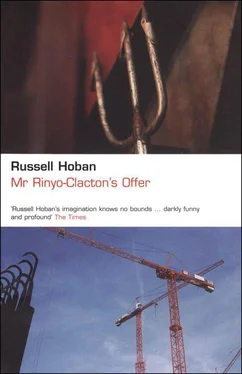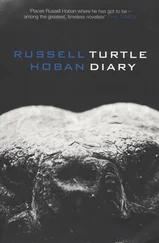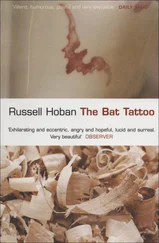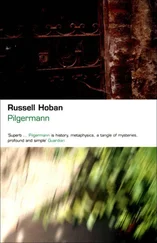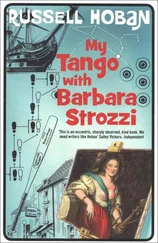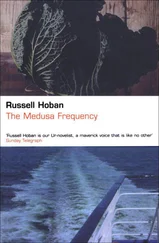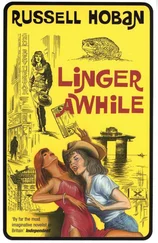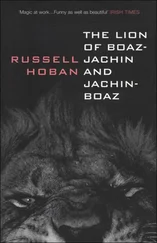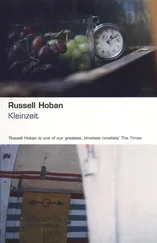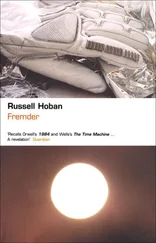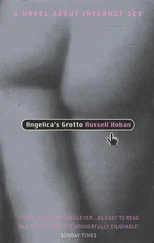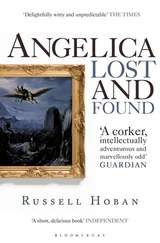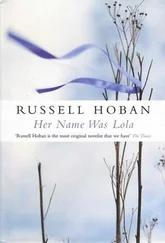On Wednesday afternoon an envelope was slipped through my letterbox. Inside were a note and a ticket for the Purcell Room that evening at 7.30: a concert of pieces for two viols by Sainte Colombe performed by Jordi Savall and Wieland Kuijken. The note said:
No, sex, Please! Cultural bonding only.
Be there!
T.
Cultural bonding! That man certainly wanted value for money. And I felt that cultural bonding was actually what he meant: he was able to hold in his mind at the same time the idea of killing me and that of greater intimacy through music. It would be simple enough to stay away from the concert if I chose but I felt myself in some obscure way responding to the need that I sensed in his invitation, and of course there was the music. I’d first heard the compositions of Sainte Colombe and his pupil Marin Marais in the film Tous les Matins du Monde, and they had the sort of deep melancholy that I was very much in the mood for at present; I’d bought the soundtrack CD shortly after seeing the film and I was looking forward to hearing more of Sainte Colombe.
Serafina was at the Vegemania, due back at the flat tonight. I left a note for her and set out at six so as to have plenty of time for a leisurely coffee.
I came out of the underground at Embankment, made my way through the busy station, and mounted the stairs to the Hungerford Bridge. There are always homeless people at both ends, huddled in blankets or sleeping bags: gatekeepers between the glittering view and the hard realities of life. I gave money to the man at the near end, joined the many pedestrians coming and going, and paused at the viewing bay in the middle to take in the shining river and its boats, the distant dome of St Paul’s, and the luminous sweep of London from the Festival Hall on my right to Charing Cross Station on my left.
The evening was cold, the air crisp and clear; the panoramic view was needle-sharp and bright with promise: this is where it’s all happening, declared the domes and spires, the twinkling lights beyond, the boats showing green for starboard, red for port, and the trains behind me rumbling in and out. Charing Cross Station, all agleam with its swaggering arches, urged action. Live! it said. Go! Do!
I crossed the bridge, gave money to the woman at the far end and the recorder-player at the bottom of the stairs, and proceeded to Queen Elizabeth Hall where I found Mr Rinyo-Clacton sitting at a table with a cup of coffee and a chunky paperback. Early as it was, many of the tables were already in use by eaters, drinkers, readers and talkers. This was a far cry from the box at the Royal Opera House but Mr Rinyo-Clacton seemed comfortable enough among the common folk.
‘What,’ I said, ‘no Cristal ’71? No oysters, no Desmond? And they haven’t got boxes here. How are you coping?’
‘Every now and then I like to mix with the plebs, as you may have noticed.’
‘What are you reading?’
He held up the paperback: Orlando Furioso. ‘Noticed this in your bookshelves when we were bugging your flat,’ he said. ‘It’s something I’ve always been meaning to read so I got a copy for myself, bought the Italian edition as well so I could hear the sound of the original.’
I got myself a coffee, then sat down to hear what he had to say about Ariosto. ‘This part in Canto VIII,’ he said, ‘where naked Angelica’s chained to a rock waiting to be devoured by Orca and Ruggiero comes to her rescue, you had a marker stuck there in your copy.’
‘Yes.’
‘Do you especially like that part?’
‘Yes.’
‘Have you seen the Redon pastel, Rogen and Angelica?’
‘Only in reproduction — the original’s at the Museum of Modern Art in New York.’
‘I’ve seen it there. They never get the colour right in reproductions; reducing it from the original doesn’t help either. It’s mostly murk, that picture, which is why it’s so true to life: all those rich blues and purples and greens are full of paradises and delights you can’t have because the murk is impenetrable.’
‘Still, despite the murk, you can see Angelica well enough and Ruggiero did manage to rescue her.’
‘Angelica! The nakedness of her! Here she is in Stanza 95 with her … (reading from the book)
… lily whiteness and
Her blushing roses, which ne’er fade nor die,
But in December bloom as in July.
In Italian it’s juicier.’ From a shoulder bag he produced that edition and read:
i bianchi gigli e le vermiglie rose,
da non cader per luglio 0 per dicembre …
‘Mmm! You can taste the deliciousness of her! But please note the shape of the rock she’s chained to. Almost like a head, yes? Almost like a face, and whose face is it? Redon’s of course. And the Angelica chained to him is the Angelica in his mind, the unattainable object of desire, the un-havable fleshly paradise of Angelica who vanishes when you stretch out your hands for her; she becomes invisible with the magic ring that you yourself, Ruggiero, have given her. It’s a no-win situation.’
‘And of course,’ I said, ‘oneself is sometimes … ’
‘Angelica! the one hoping for rescue, how right you are!’
Amazing, I thought, how comfortable I feel with him when we’re talking like this.
‘The first time I saw you,’ he continued, ‘I knew at once that you were Angelica and I was your Ruggiero, come to save you from the sea monster … ’
‘Who is …?’
‘Life, my boy! Life is the monster I’m saving you from: it’s too much for you: full of teeth and rocks and hard places and drowning. Not everyone can be a hero — indeed the heroes would be out of work if there weren’t always a good selection of little sweeties to be rescued. You are one of those in need of rescue, naked and defenceless in a murk of uncertainty and chained to the rock of your inadequacy. Really, you should see the Redon original; we could go and have a look at it if you fancy a short break in La Grande Pomme. With Concorde we could leave in the morning, come back in the evening; or next morning if you want to do it in a more leisurely way.’
‘You really are crazy, aren’t you?’
‘And you’re not?’
‘I’ve never offered to buy anyone’s death.’
‘But you were willing to sell yours.’
We stared at each other in silence while the five-minute bell sounded, then we went along to the Purcell Room and our seats. I’m always interested in the differences in South Bank audiences for the various events: seventeenth-century music attracts, in addition to non-addicted punters like me, many people who look as if they read the Independent, avoid meat, and are not averse to a bit of morris-dancing in the month of May.
‘Do you know Sainte Colombe’s music?’ said Mr Rinyo-Clacton.
‘Only what’s on the soundtrack CD from the film.’
‘Like it?’
‘Very much.’
‘Would you say it’s life-affirming or death-affirming?’
‘That’s a strange question, because any death-affirming art comes from the vital perception of a live artist, so the affirmation of death is at the same time an affirmation of the life in the artist and life itself.’
‘Ah!’ said Mr Rinyo-Clacton, and squeezed my arm as the lights dimmed. There was applause; the bearded performers came onstage, bowed, and took their places. Using binoculars, I examined the carved female heads on the scrolls of the viols. It was as if the instrument-maker had in this way accorded recognition to the voice of the instrument. The viols were placed between the legs like cellos but the bows were held with the palms turned up so that the action of bowing seemed more one of supplication than command.
Читать дальше
